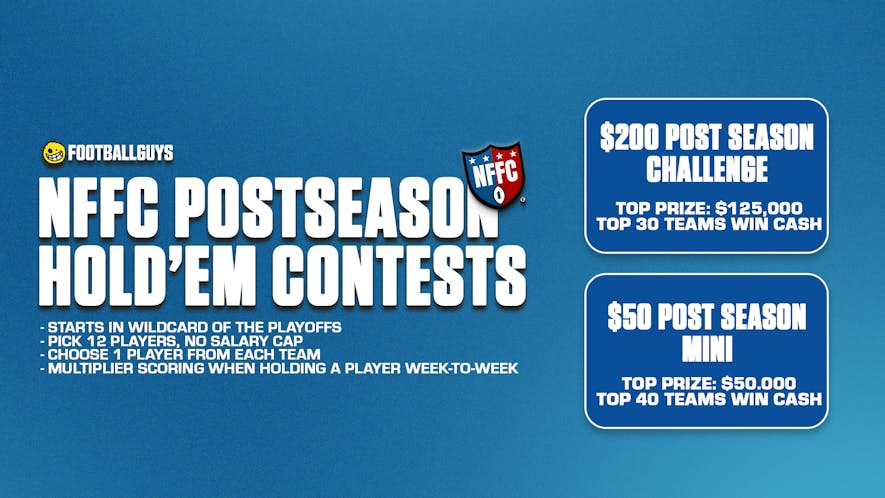Links to Guillotine league discussions:
A Guillotine league usually consists of 18 teams. Each week, the lowest-scoring team is eliminated. The players on their roster then become free agents.
Your strategy needs to change with such a high number of participants and other format changes.
To help you with this unique format, we asked our staff questions. Here is the latest.
Regarding roster construction, how do you approach your starting lineup? Do you fill it before taking any backup players? Why or why not?
Maurile Tremblay
I didn't do that in this case. I took five wide receivers before taking my first tight end. As a general rule, I am conscious of the reality that bench points don't matter. But I'm not totally sure right now who my starters will end up being in any given week and who my bench players will end up being. So I'm mostly just trying to amass good players at good values. But I do take positional needs into account. If I don't have enough players at a certain position yet to fill out a starting lineup, I will prioritize that position over positions with enough starters. That's just one factor among many to take into account, however. It's not a rule to obey at all costs.
Sam Wagman
I’m typically pretty ambivalent towards an RB2 and comfortable taking whatever value comes to me on that front, so I like to fill out my wide receiver spots first after taking my running back of choice. If anything is left open when I take bench players, that running back slot is the one. I think this works because that running back slot typically only needs to be filled by a floor play, and you can find 10-12 points per game later in drafts or on waivers for the most part.

